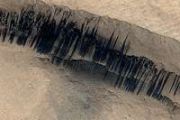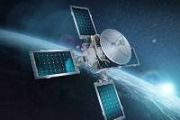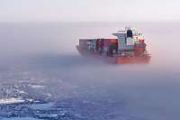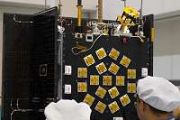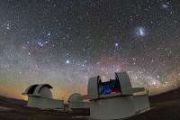
Copernical Team
NASA streams first 4K video from aircraft to space station and back

A team at NASA's Glenn Research Center in Cleveland has streamed 4K video footage from an aircraft to the International Space Station and back for the first time using optical (laser) communications. The feat was part of a series of tests on new technology that could provide live video coverage of astronauts on the moon during the Artemis missions.
Historically, NASA has relied on radio waves to send information to and from space. Laser communications use infrared light to transmit 10 to 100 times more data faster than radio frequency systems.
Working with the Air Force Research Laboratory and NASA's Small Business Innovation Research program, Glenn engineers temporarily installed a portable laser terminal on the belly of a Pilatus PC-12 aircraft.
Satellite solutions for seamless in-flight internet

In today's connected world, staying online even when travelling at 9000 m is becoming increasingly important. ESA is working to advance in-flight connectivity through satellite technology, ensuring internet access in the air is as seamless as it is on the ground.
Webb images new, cold exoplanet 12 light-years away

An international team of astronomers using the NASA/ESA/CSA James Webb Space Telescope have directly imaged an exoplanet roughly 12 light-years from Earth. While there were hints that the planet existed, it had not been confirmed until Webb imaged it. The planet is one of the coldest exoplanets observed to date.
Hera spacecraft trio to fly safe with inter-linked radio
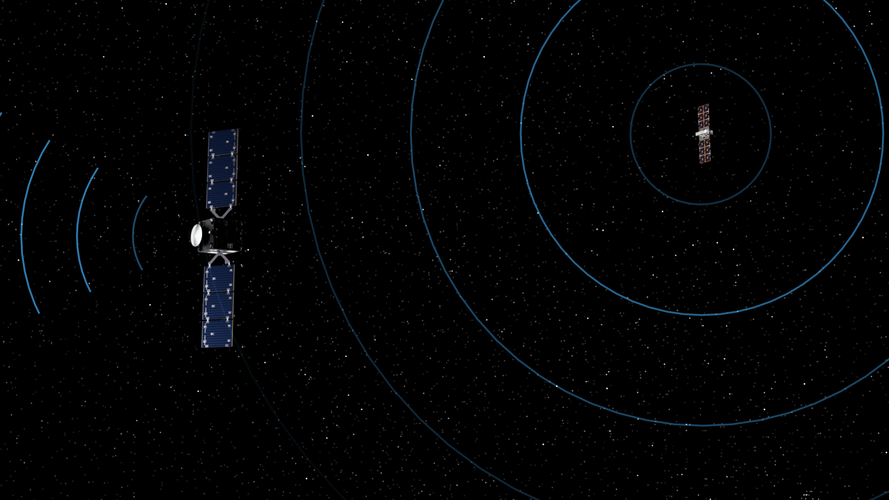
ESA’s Hera mission for planetary defence involves not just one spacecraft but three: two shoebox-sized CubeSats will fly up to a few dozen kilometres away from their mothership around the Didymos binary asteroid system. Keeping this trio in communication to fulfil their own mission needs while also ensuring their safe separation is the task of a novel inter-satellite link radio technology, produced by a Portuguese company best known for terrestrial drone systems.
YPSat witnesses ISTSat-1 & 3Cat-4 CubeSats deployment from Ariane 6
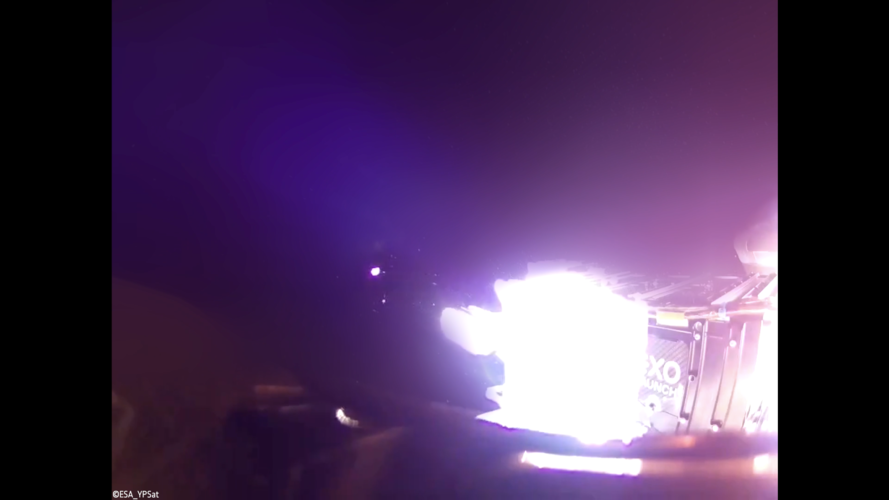 Video:
00:00:15
Video:
00:00:15
Video returned from the ESA Young Professionals Satellite payload, YPSat, attached to the upper stage of the inaugural Ariane 6 rocket, launched on 9 July 2024. This clip shows two cubesats deployment into orbit from the Exolaunch dispenser: The first CubeSat is ISTSat-1 and the second is 3Cat-4, both supported by ESA Education initiatives. The video has been enhanced to highlight these events, that were part of the key mission objectives for YPSat. The YPSat project represents the culmination of about two and a half years of dedication and hard work core team of about 30 Young
Gilat secures over $9M in contracts for satellite communications solutions
 Gilat Satellite Networks Ltd. (NASDAQ, TASE: GILT), a global leader in satellite networking technology, solutions, and services, announced that the company has received over $9 million in cumulative orders from various satellite operators. These orders aim to enhance global SATCOM networks using Gilat's advanced and proven solutions.
Gilat's technology will support a variety of services an
Gilat Satellite Networks Ltd. (NASDAQ, TASE: GILT), a global leader in satellite networking technology, solutions, and services, announced that the company has received over $9 million in cumulative orders from various satellite operators. These orders aim to enhance global SATCOM networks using Gilat's advanced and proven solutions.
Gilat's technology will support a variety of services an UK Space Agency selects finalists for Lunar Water Purification technologies
 Ten teams of engineers and scientists have been chosen as finalists in the Aqualunar Challenge, aimed at developing technologies to provide sustainable water supplies for a permanent Moon base.
The Aqualunar Challenge is part of a Pounds 1.2m prize funded by the UK Space Agency's International Bilateral Fund and managed by Challenge Works. In collaboration with the Canadian Space Agency (C
Ten teams of engineers and scientists have been chosen as finalists in the Aqualunar Challenge, aimed at developing technologies to provide sustainable water supplies for a permanent Moon base.
The Aqualunar Challenge is part of a Pounds 1.2m prize funded by the UK Space Agency's International Bilateral Fund and managed by Challenge Works. In collaboration with the Canadian Space Agency (C Key technologies driving NASA's Mars exploration discussed at conference
 NASA continues to advance the frontiers of space exploration with its Mars mission. At a recent Mars conference, ten groundbreaking technologies were highlighted, each playing a crucial role in the future of Mars exploration.
One of the standout innovations is the Mars Helicopter, named Ingenuity. Weighing just 1.8 kg, Ingenuity has completed over 50 successful flights on Mars. These fligh
NASA continues to advance the frontiers of space exploration with its Mars mission. At a recent Mars conference, ten groundbreaking technologies were highlighted, each playing a crucial role in the future of Mars exploration.
One of the standout innovations is the Mars Helicopter, named Ingenuity. Weighing just 1.8 kg, Ingenuity has completed over 50 successful flights on Mars. These fligh NASA ranks top civil space technology challenges for 2024
 This spring, NASA published a comprehensive document identifying nearly 200 technology areas requiring further development to meet future exploration, science, and other mission needs. The aerospace community was invited to rate the importance of these areas to help integrate the community's technical challenges and guide NASA's space technology development and investments.
Today, NASA's S
This spring, NASA published a comprehensive document identifying nearly 200 technology areas requiring further development to meet future exploration, science, and other mission needs. The aerospace community was invited to rate the importance of these areas to help integrate the community's technical challenges and guide NASA's space technology development and investments.
Today, NASA's S 















